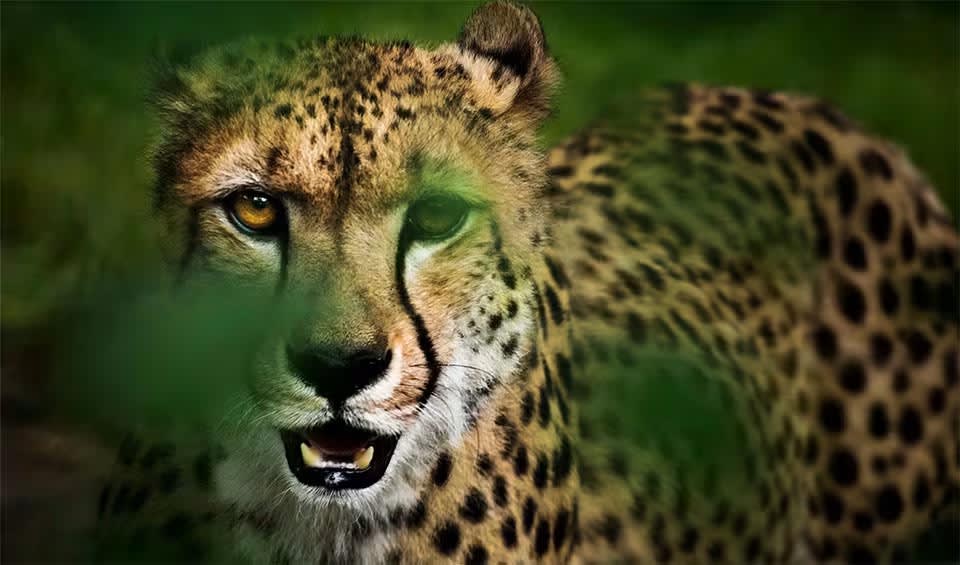Native to parts of South America, particularly in Bolivia, Paraguay, and parts of Brazil, this monkey gets its name from its light-colored fur. Unlike some of its more colorful cousins, the White-coated titi has a soft, pale coat ranging from grayish-white to creamy beige, often with a darker tail and limbs. This coloration helps it blend into the dappled light of the forest canopy, where it spends most of its life. Like other titi monkeys, it’s small in size—roughly the size of a rabbit—and has a long, bushy tail that it uses for balance as it moves through the trees, although the tail isn’t used for gripping like in some other monkey species.
One of the most charming things about the White-coated titi is its strong sense of family. These monkeys are known to be incredibly devoted to their partners, often forming lifelong bonds with a mate. Mated pairs are usually seen sitting close together, tails intertwined, grooming each other, or just resting side by side. They live in small family groups, typically made up of the parents and their young. What’s especially unique is that the father plays a big role in raising the baby—he carries the infant almost all the time, only handing it over to the mother when it’s time to nurse. This close-knit family structure is one of the defining features of all titi monkeys, and the White-coated titi is no exception.
Another fun fact about these monkeys is their morning singing routine. Titi monkeys, including the White-coated species, are known for their loud duet calls. These vocal performances usually happen early in the day and serve a few purposes: they help family members stay close, strengthen the pair bond between mates, and warn other monkey families to stay out of their territory.
Distribution
 Bolivia
Bolivia Brazil
Brazil Paraguay
ParaguayAnything we've missed?
Help us improve this page by suggesting edits. Glory never dies!
Suggest an editGet to know me
Terrestrial / Aquatic
Altricial / Precocial
Polygamous / Monogamous
Dimorphic / Monomorphic (size)
Active: Diurnal / Nocturnal
Social behavior: Solitary / Pack / Troop
Diet: Carnivore / Herbivore / Omnivore / Piscivorous / Insectivore
Migratory: Yes / No
Domesticated: Yes / No
Dangerous: Yes / No




